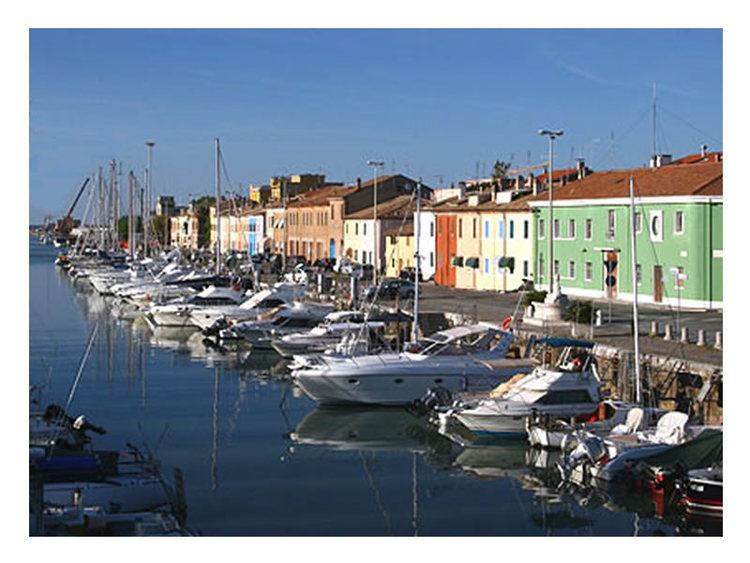Province / Metropolitan city Pesaro e Urbino (PU) Demonym(s) Pesaresi Patron saint Terence of Pesaro | Elevation 11 m (36 ft) Time zone CET (UTC+1) | |
 | ||
Weather 10°C, Wind SW at 3 km/h, 63% Humidity Points of interest Monte San Bartolo, Piazza del Popolo, Musei Civici, Casa Rossini, Rocca Costanza | ||
Musafir deepti bhatnagar visits pesaro and urbino in marche italy
Pesaro ([ˈpeːzaro]) is a town and comune in the Italian region of the Marche, capital of the Pesaro e Urbino province, on the Adriatic. According to the 2011 census, its population was 95,011, making it the second most populous city in the Marche, after Ancona. Pesaro is known as "City of Bicycle", thanks to its big net of bicycle paths. The city received this award by Legambiente, the most important ecologist society in Italy, in 2015, because it is the city with the biggest bicycle use in Italy. It is also known as "City of Music" thanks to the bond with Gioacchino Rossini, the famous composer born in Pesaro. For this reason, in 2015, the Italian Government officially candidate Pesaro as "Creative City" in the group of World Heritage Sites of UNESCO.
Contents
- Musafir deepti bhatnagar visits pesaro and urbino in marche italy
- Map of Pesaro Province of Pesaro and Urbino Italy
- Pesaro urbino italy holiday homes
- History
- Civic Sites
- Religious Sites
- Culture
- Notable Pesaresi
- Twin towns sister cities
- References
Map of Pesaro, Province of Pesaro and Urbino, Italy
Fishery, furniture industry and tourism are the main strengths of the local economy.
Pesaro urbino italy holiday homes
History
The city was founded as Pisaurum by the Romans in 184 BC as colony in the territory of the Picentes, the people who lived on the northeast coast during the Iron Age. However, in 1737, 13 ancient votive stones were unearthed in a local farm field, each bearing the inscription of a Roman god; these were written in a pre-Estrucan script, indicating a much earlier occupation of the area than the 184 BC Picentes colony.
A settlement of the Picentes tribe has been found at Novilara. The northern Picentes were invaded in the 4th century BC by the Gallic Senones, earlier by the Etruscans, and when the Romans reached the area the population was an ethnic mixture. Within it the Gauls at least were still distinct, as the Romans separated them out and expelled them from the country.
Under the Roman administration Pesaro, a hub across the Via Flaminia, became an important center of trading and craftmanship. After the fall of the Western Empire, Pesaro was occupied by the Ostrogoths, and destroyed by Vitigis (539) in the course of the Gothic War. Hastily rebuilt five years later after the Byzantine reconquest, it formed the so-called Pentapolis, part of the Exarchate of Ravenna. After the Lombard and Frankish conquests of that city, Pesaro became part of the Papal States.
During the Renaissance it was ruled successively by the houses of Malatesta (1285–1445), Sforza (1445–1512) and Della Rovere (1513–1631). Under the latter family, who selected it as capital of their duchy, Pesaro saw its most flourishing age, with the construction of numerous public and private palaces, and the erection of a new line of walls (the Mura Roveresche). In 1475, a legendary wedding took place in Pesaro, when Costanzo Sforza and Camilla D'Aragona married.
On 11 September 1860 Piedmontese troops entered the city, and Pesaro was subsequently annexed to the new Kingdom of Italy (see also Battle of Castelfidardo).
Civic Sites
Religious Sites
Culture
Notable Pesaresi
Twin towns – sister cities
Pesaro is twinned with:
